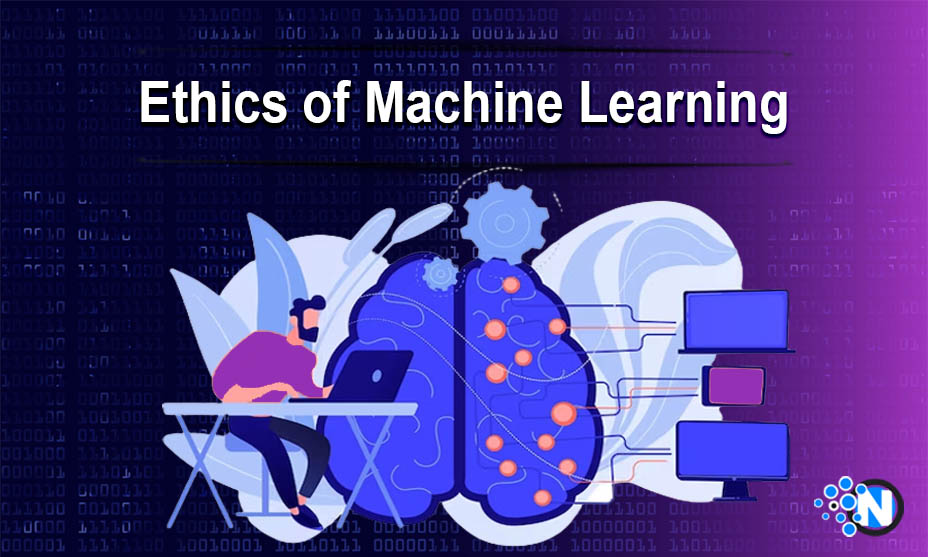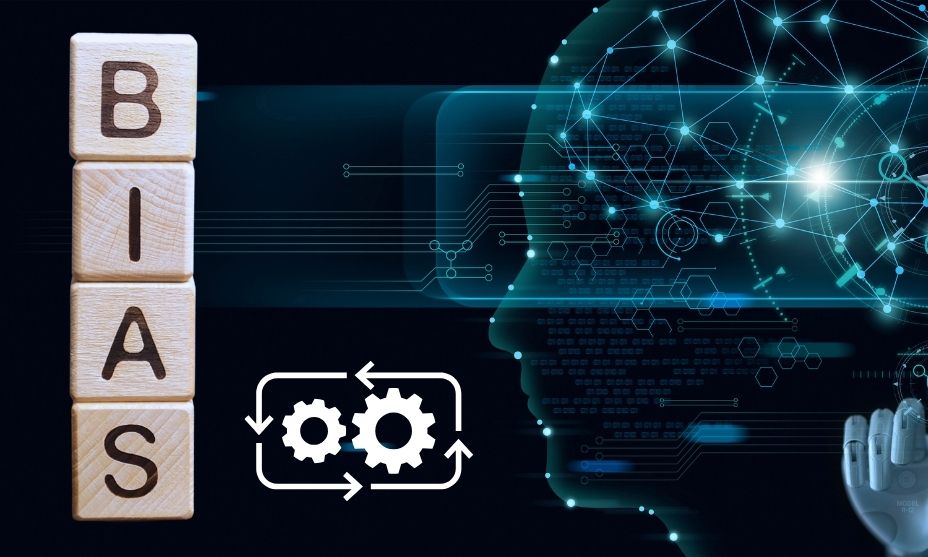The Ethics of Machine Learning – Bias and Fairness

Machine learning has impacted our everyday lives with its tremendous benefits and operational capabilities. Besides bringing automation, it ensures brilliant efficiency and productivity in different critical steps. However, these benefits can be replaced with challenges if there are biases in the results of tools powered by machine learning algorithms. It not only causes negative results but may also result in credibility loss. Therefore, you must be very precise regarding the usage of this technological advancement. We have developed this guide on its ethics, biases, and fairness. We will also look into the ways to ensure accurate results.
What is Bias and Fairness in Machine Learning?
Before moving ahead to the impacts of biases and fairness in machine learning processes, we first learn their definitions to understand them better.
Bias in Machine Learning
Bias in machine learning is the representation of false outcomes that are against a specific individual or group. It is because of systematic or unfair discrimination in the data sets that can occur at various stages. The major point concerns are data collection, model training, and deployment. Data, algorithm, and user bias are the primary sources of bringing biases into the results.
Fairness in Machine Learning
As the name shows, fairness showcases the perfect functioning and operational capabilities of machine learning algorithms. It guarantees that the models are working precisely and accurately by treating all the individuals and groups with the same criteria. Hence, you can get better outcomes that can be utilized to dominate this competitive market and bring massive revenue into the bank.
Causes of Biases in Machine Learning
We described previously that there could be several sources and causes of biases in machine learning. Some of them are detailed in the under-section.
1 – Biased Data
Machine learning works on the data supplied to them. It is one of the most common sources of biases that occurs when the data integrated into the tools is biased toward a specific individual or group. Thus, you will receive false results. If the complete data set that is utilized to train the model contains biases, you will not be able to receive proper functioning. For example, if the data contains historical biases and supports one group, you will not get complete information about the other group.
2 – Algorithmic Biases
Algorithmic biases are very rare and very difficult to deal with. These are due to the design and architecture of the machine learning models. If you have selected the model without proper consideration, there may be chances of potential biases. Similarly, insensitive learning algorithms can also lead to unnecessary biases, leading to discriminatory outcomes.
3 – Human Biases
Human biases are the ones that are intentionally injected into the machine learning models. Generally, they are for harmful purposes. Hackers often attack the vulnerabilities of your data sets and change their structure. Thus, whenever you leverage help from these sets to process your operations, there come biases that spoil the whole credibility. Consequently, you won’t be able to capture the potential customers, which leads to poor marketing outreach and less revenue growth.
Consequences of Bias in Machine Learning

With technological advancements, machine learning has proved its authority in almost every field and in every operation. Thus, you can streamline your tasks by using these models. However, unessential biases can result in highly damaging impacts. Some of them are described in the following paragraphs.
1 – Discrimination
The biggest consequence of bias in machine learning is discrimination. Consequently, one can get immense advantages for no reason, while the other may suffer significant negative impacts. For example, if the bias occurs in the credit scoring model, it may deny loans to certain groups and cause perpetuating inequalities.
2 – Reinforcement of Stereotypes
Biases in algorithms can result in the reinforcement of stereotypes. In addition, it may contribute to the marginalization of certain groups that are not presented on the opposite side of the biased data. A recommendation system, working on biased data, can promote false content that may cause more damage than benefits, even if it is completely right.
3 – Loss of Trust
In this fast-paced and highly competitive world, trust is the only key to dominating competitors. Otherwise, you will end up with your plan in the market. That’s why you must follow precise and accurate principles. On the other hand, if you are using biased machine learning algorithms, it may cause unfair treatment, making you less likely to be trusted by the customers.
Solutions to Address Bias and Ensure Fairness
The biases in the machine learning algorithms can bring extensive negative impacts on your business credibility as we described previously. In the under-section, we have enlisted some top solutions to address them and ensure fairness.
- Data Preprocessing: This includes checking the data that is to be added to the infrastructure of machine learning models. You must perform this manually for better outcomes.
- Algorithmic Fairness: The developers are researching heavily to generate more precise and fair algorithms that will reduce the chances of biases to a greater extent.
- Auditing and Accountability: It is a must requirement to audit and assess the fairness level in the data sets through different testing tools and analyzing the fairness metrics.
- Diverse Development: Machine learning models are not easy to create and handle. So, you must create a diverse team of highly skilled individuals.
- Ethical Guidelines: Lastly, you must follow the ethical guidelines and regulations to remove biases from the data and prevent other legal consequences.
Final Verdicts
It is essential to cast off biases from the datasets as they may be the most critical threats to the practical talents of the system to get to know models. You need to work correctly and precisely to preprocess the information before integrating it into the models. Users have to create a sturdy and complete method to address distinctive challenges that no longer most effectively remove biases but also ensure equity. You must recognize the results and work in the proper direction so that you can leverage the total potential of this remarkable technology.




